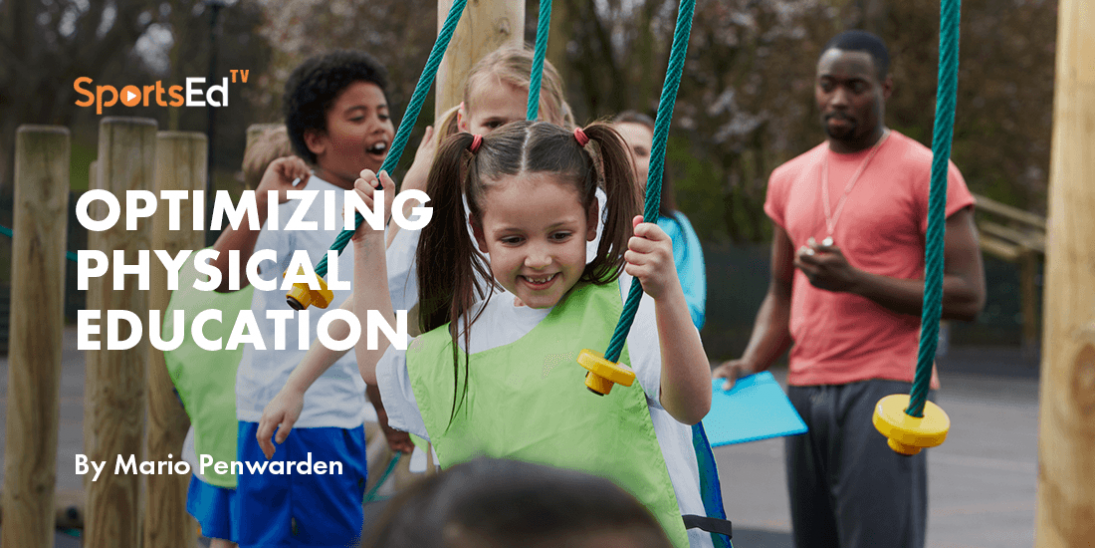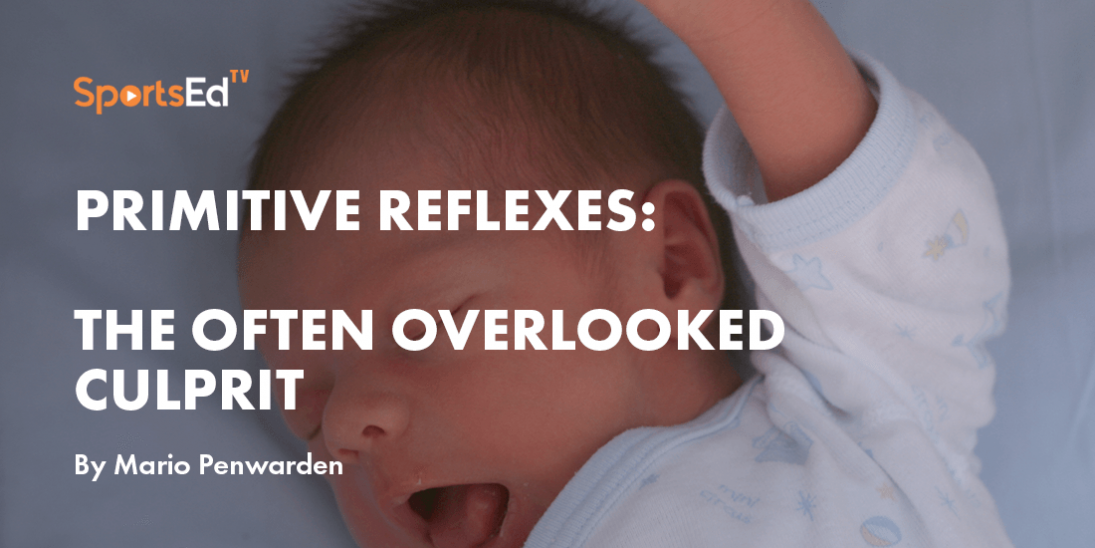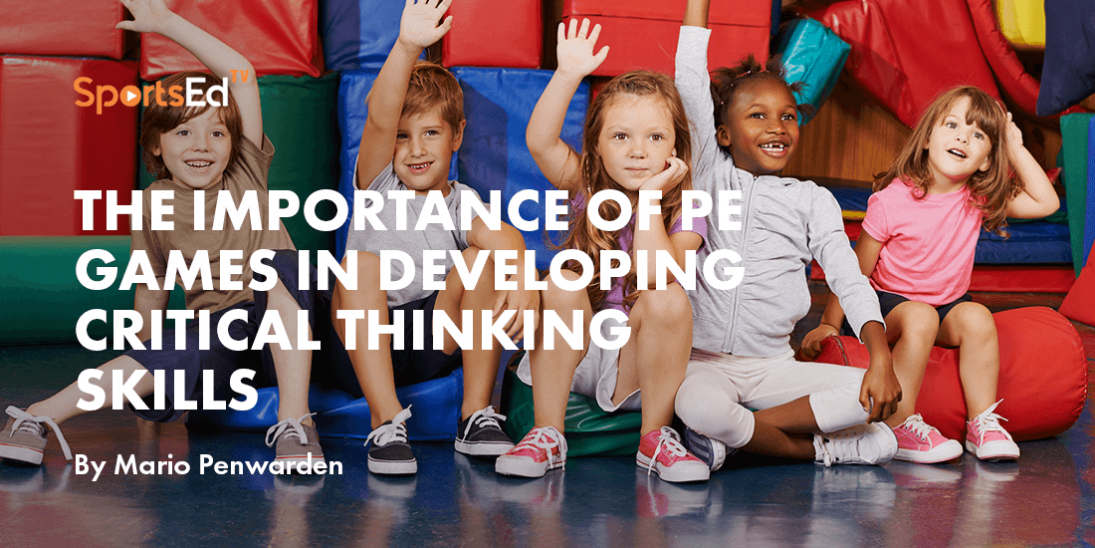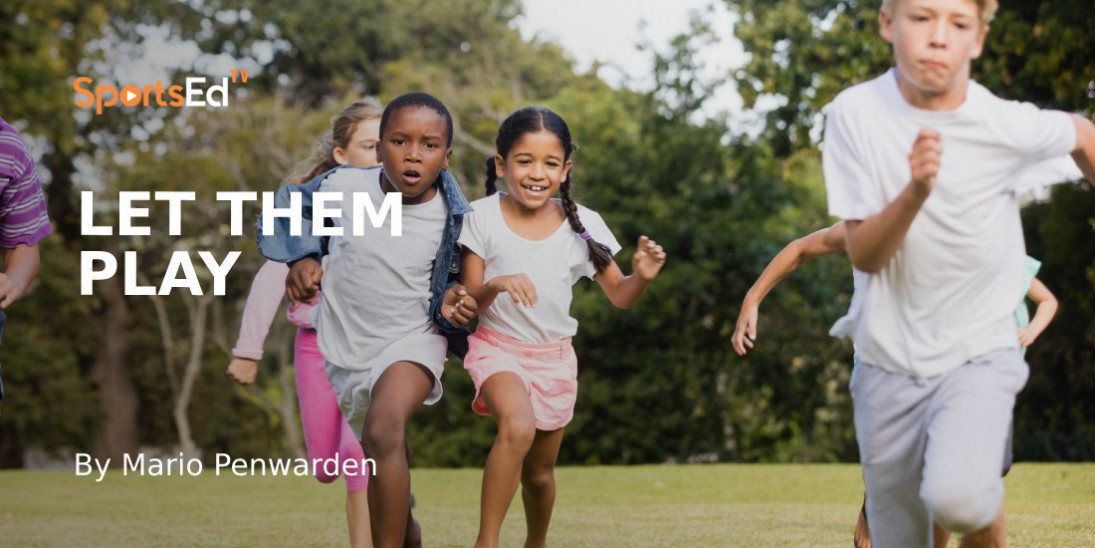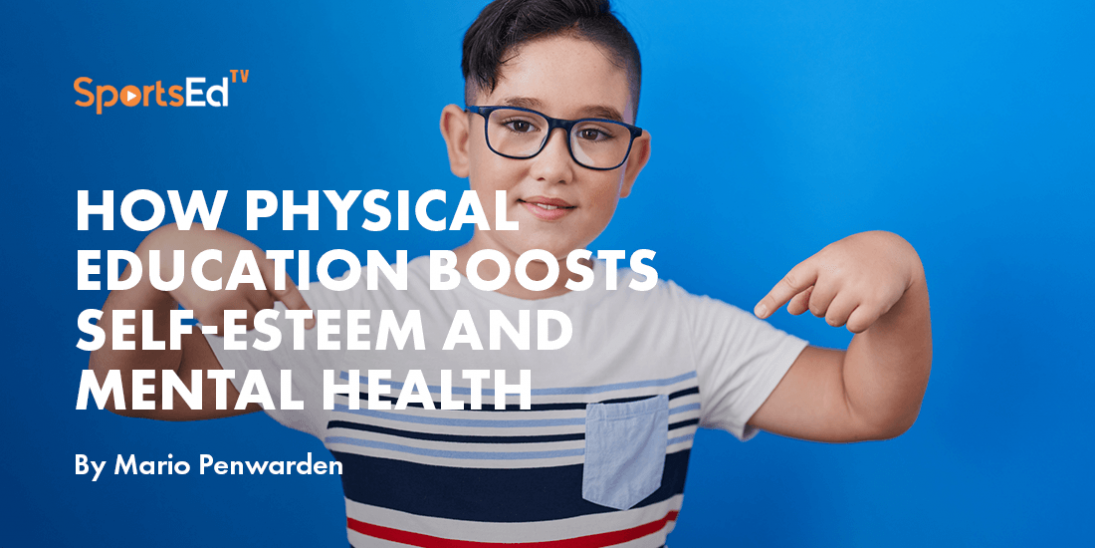Physical Education
Welcome and thanks for visiting...

The Vestibular System - The GPS Of Our Bodies
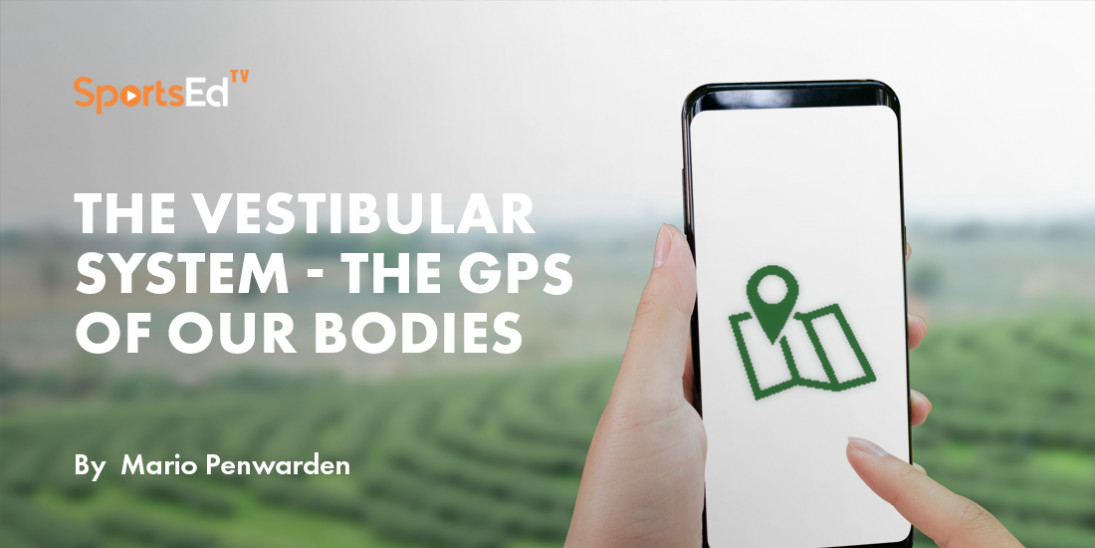
One of the most important things for us as humans is to move. We move constantly, even while we are sleeping and for us to be able to get through the day successfully, we need to move. Whether we are fit and healthy or have some sort of disability, if we don’t move, our bodies will wither away and eventually this will lead to death. Our bodies are made to move and one of the most important cogs in this amazing machine is the vestibular system.
What is the vestibular system?
To explain the vestibular system without scary medical terms one needs to think of it as the cog around which everything that has to do with movement turn around. Almost like our internal GPS system. It tells the brain where the head is in space and how the body is moving through space. It is our ability, desire or avoidance to move through space. It monitors head orientation in a gravity-stabilized environment, registers movement and incorporates movement information with all of our senses.
The vestibular sense is therefore directly linked to sensory modulation and motor skill development. This is also the reason why it plays such a vital role in learning and academic development. The vestibular system however cannot function alone, and together with the auditory and visual motor system, it forms part of what is referred to as the learning triangle. Each of these components contributes to all aspects of a child’s learning development.
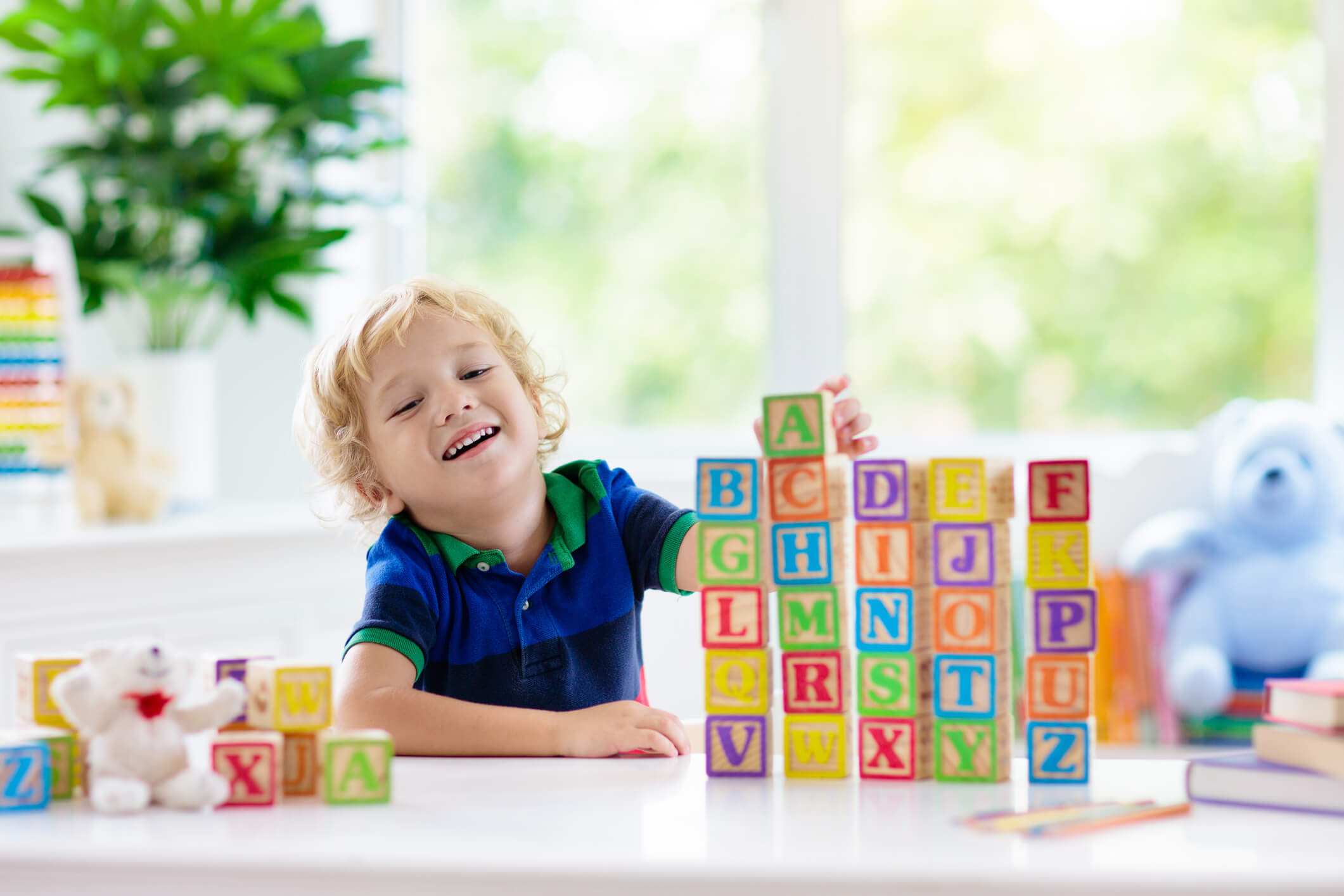
Movement and the vestibular system
As we now know the vestibular system is activated and stimulated through movement. Children can experience movement differently. Some will be seeking fast and high paced movement while others will avoid such movement and seek out more controlled and calming movements. Movement impacts the way we feel and therefore it has an impact on behaviour.
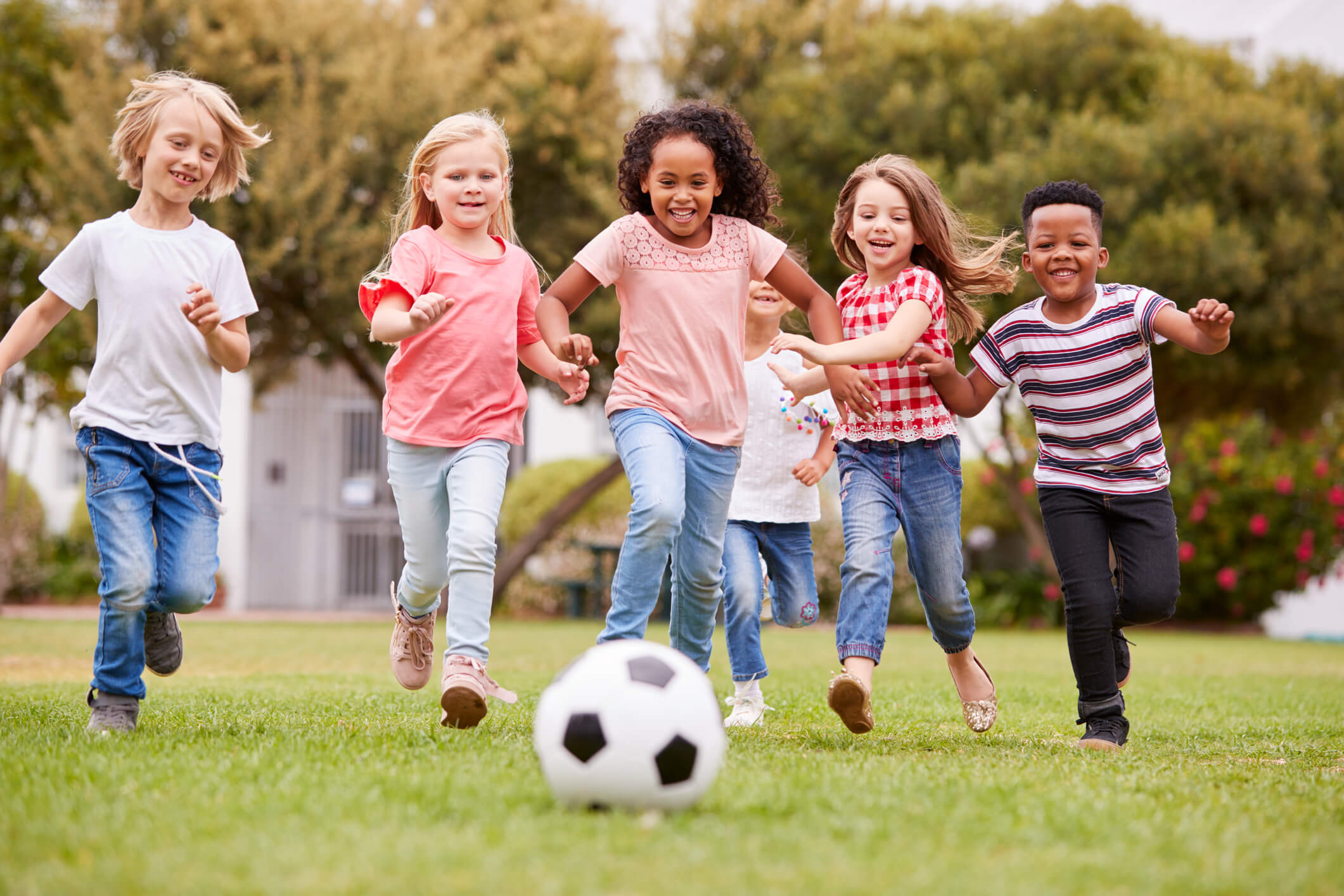
Vestibular input has a direct link with interoception. Interoception refers to internal feelings and processes due to internal and external inputs. Some children are afraid of heights and might avoid play which involves extreme swinging, spinning or jumping on trampolines. It might leave them feeling scared, disorientated and even sick. This is because the vestibular system and the interoceptive sensory system integrate in a certain way and why we see sensory-seeking and sensory avoiding behaviour.
Vestibular development and learning
The vestibular system is a motor-movement based system that develops through movement activities that build neural connections in the brain. It forms the foundation for growth and learning in young children. Integrating vestibular stimulating activities as part of your daily physical and motor development programmes will have a huge impact not only on motor skill development but also assist with emotional development, academic learning and self regulation.
A child with a vestibular system which isn’t functioning properly may have delays in:
- Motor skill development
- Coordination
- Balance
- Postural control
- Walking and running
- Problems sitting still in their seat or on the ground
- Visual processing
- Visual-motor skills
- Spatial awareness
- Bilateral integration
- Sequencing
- Equilibrium
- Negotiating movement sequences
Movement can have a big impact on attention and arousal levels. The vestibular system is directly linked to the whole sensory system, and stimulating it through movement not only benefits physical and motor development, but also improves activation and arousal levels of learners as well as their ability to activate and calm themselves more effectively.
In the classroom movement-based brain breaks have proven extremely effective to reset and re-energize and re-focus learners during tasks.
Some examples of vestibular stimulating activities which can be incorporated in your daily live and programmes:
Physical Education sessions
- Prone, seated and standing swinging
- Linear movements with changes in speed and intensity
- Vertical movements - jumps and leaps
- Rotary movements – rounding cones and hoops
- Angular movements – change of direction during runs and jumps
- Any form of balancing activities
- Activities on unstable surfaces or equipment – balance and wobble boards
- Hopscotch
- Various obstacle courses
Class activities
- Movement-based brain breaks
- Dancing
- Movement sequences with songs and rhymes
- Clapping sequences
- Spinning on an office chair
Daily home activities
- Play tag
- Relay races
- Drawing with chalk
- Jumping on trampoline
- Swinging
- Climbing and playing on jungle gyms
- Free play and running
- Rolling on lawn
- Climbing trees
- Riding a bike
- Skateboarding and rollerblading
- Somersaults, cartwheels and forward rolls
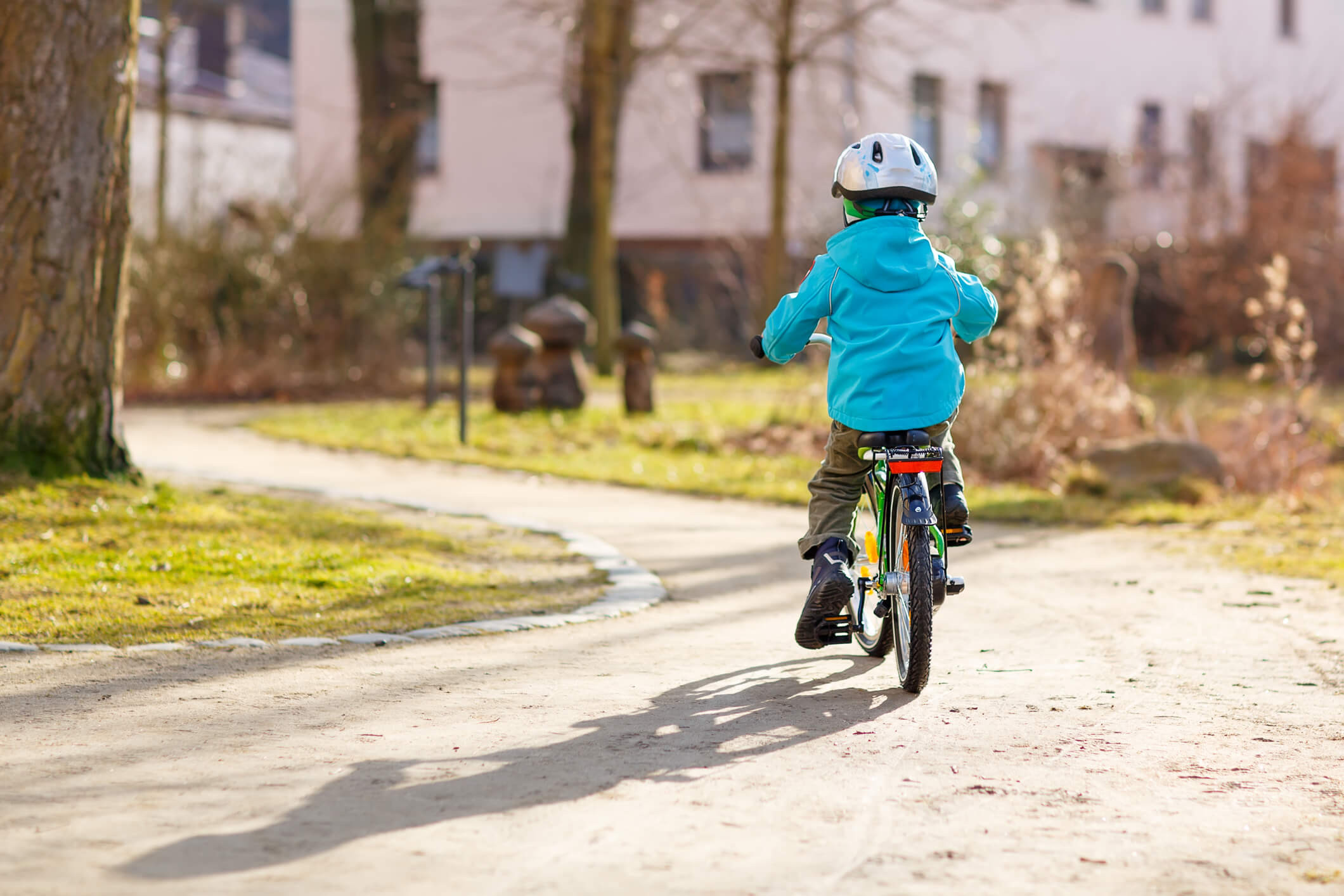
The vestibular sense is the hidden superhero of senses which connects everything. By making sure this system is stimulated and activated we can improve the daily lives and functioning of children, not only in sport, movement and academics, but also helping them successfully navigate through the daily requirements of life.

